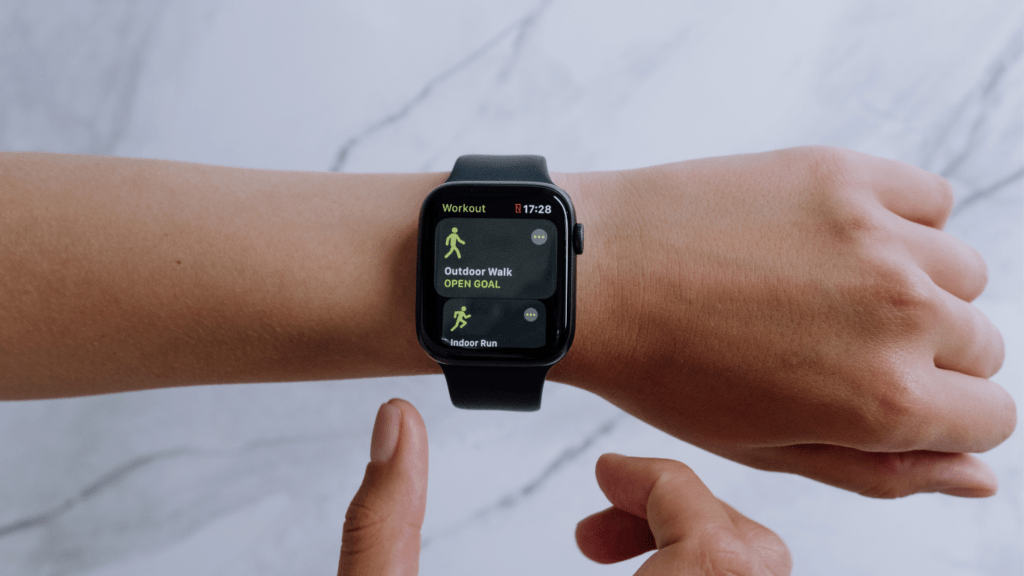Understanding Next-Level Training
Next-level training in sports revolves around the innovative use of data to enhance athletic performance. By leveraging analytics tools, I can decipher complex patterns within training regimens, unlocking potential areas for improvement. Advanced technology like wearable devices tracks metrics such as heart rate and acceleration, offering a goldmine of insights.
Tailoring exercises based on thorough data analysis maximizes efficiency and minimizes injury risks. For instance, I can adjust workout intensity and duration, optimizing my physical output without overexertion. By precisely matching training loads to my physiological capabilities, I boost endurance and recovery.
Movement analysis software plays a pivotal role in biomechanics optimization. Analyzing motion patterns helps identify inefficiencies in techniques, enabling corrective adjustments. When I adapt my movements based on this feedback, I can improve speed and agility significantly.
Strategic decision-making in team sports benefits from data-driven insights. Coaches and players utilize analytics for game planning, opponent analysis, and in-game adjustments. By understanding opponents’ strategies and exploiting weaknesses, my team gains a competitive edge that’s rooted in empirical evidence rather than intuition alone.
The Role of Analytics in Sports
Analytics in sports revolutionizes performance, providing athletes with valuable insights and cutting-edge strategies. Data from various sources allows for precise analysis and better decision-making.
Types of Analytics Used
Various types of analytics enhance athletes’ performance in sports. Performance analytics examine physical metrics such as heart rate and speed, offering insights into physical efficiency.
Biomechanical analytics evaluate athletes’ movements to optimize form and prevent injuries. Psychological analytics assess mental attributes like focus and stress levels, crucial for consistency under pressure. Tactical analytics analyze game situations and strategies to improve on-field decisions.
Benefits of Data-Driven Decisions
- Data-driven decisions provide numerous benefits in sports.
- Performance improvements stem from targeted training regimens tailored through analytics.
- Athletes enhance efficiency by knowing exactly where to focus efforts.
- Risk reduction occurs when analytics identify injury-prone movements, allowing for preventive measures.
- Strategy optimization in team sports results from data analysis of opponents, enabling informed tactical choices.
- Enhanced mental readiness comes from understanding and managing stressors, leading to better overall performance.
Tools and Technologies in Use
Athletes leverage various tools and technologies to optimize performance using analytics. These innovations, ranging from wearable devices to software platforms, provide critical insights into aspects of training.
Wearable Devices

Wearable devices offer real-time data collection, which allows athletes to track and analyze vital metrics like heart rate, speed, and distance. These gadgets include:
- smartwatches
- fitness bands
- GPS trackers
For instance, fitness bands monitor steps and sleep patterns, enabling athletes to enhance recovery and overall performance. GPS trackers help analyze movement efficiency, particularly in running or field sports.
Software Platforms
Software platforms integrate diverse data streams to offer comprehensive athlete profiles. These platforms provide performance analytics, biomechanics visualization, and strategic insights.
Examples include motion analysis software, which evaluates athletes’ technique to refine skill execution. Performance management systems aggregate data from various sources, delivering custom dashboards that coaches and athletes use to make informed decisions about training loads, nutrition, and tactical planning. Such software aids in tracking progress and planning tailored training regimens that address specific needs.
Case Studies of Success
Analytics propel athletes to excel across various levels in sports, from professional teams to amateur athletes. Examining real-life success stories showcases how data-driven strategies revolutionize performance.
Professional Teams and Athletes
Numerous professional teams leverage analytics for superior performance. For instance, the NBA’s Golden State Warriors utilize data to refine shooting techniques and defensive strategies, resulting in multiple championships. Similarly, MLB teams like the Houston Astros employ data analytics for player development and in-game tactics, contributing to their World Series victories.
In individual sports, renowned tennis player Rafael Nadal uses data analytics to enhance his serve and return game, analyzing opponent patterns to gain a competitive edge. These examples underscore the transformative impact of analytics in honing skills and achieving unparalleled success.
Amateur and College Athletes
Analytics also empower amateur and college athletes to elevate their performance. College football programs, such as that of the University of Alabama, integrate data science to optimize player recruitment, training, and gameplay strategies. By analyzing performance metrics, they maintain a competitive edge at the national level.
In amateur leagues, soccer clubs implement wearable technology to monitor player health and performance, enabling coaches to tailor training plans that foster development. By adopting data-centric approaches, these athletes and teams enhance their growth potential and competitiveness in their respective fields.
Challenges and Limitations
Integrating analytics into sports training presents numerous challenges. While data-driven insights offer significant advantages, these benefits come with certain limitations.
Data Privacy Concerns
One major issue revolves around data privacy. Athletes share sensitive information through wearable devices and software platforms. Securing this data is critical, as unauthorized access could lead to misuse. Compliance with privacy regulations, like GDPR and HIPAA, is necessary to protect athlete information. Teams and governing bodies must implement robust security measures to ensure privacy and maintain trust.
Technical and Interpretive Barriers
Technical barriers arise as advanced analytics require sophisticated tools and skilled personnel. Not all teams have the resources to invest in high-end technology. In addition, the complexity of data interpretation presents another challenge. Misinterpretation can lead to erroneous conclusions, affecting training regimens negatively. Developing skills to accurately analyze and apply data insights is essential for maximizing the benefits of analytics in sports.





